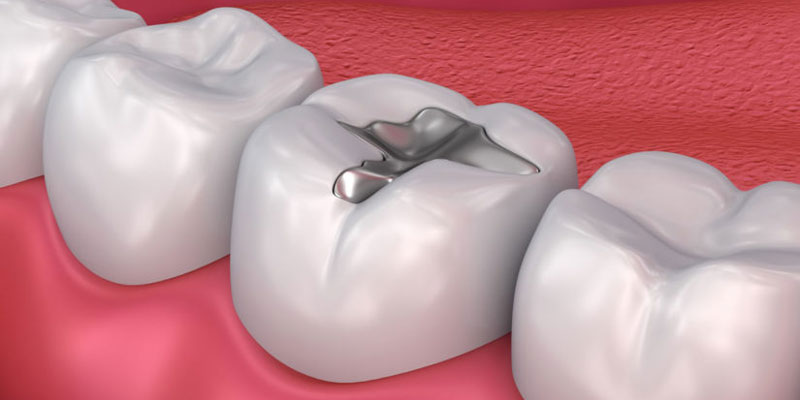
Surgical Extraction and Impaction
Surgical extraction: Surgical extraction is a dental procedure that is typically performed when a tooth is difficult to remove or cannot be removed using traditional extraction methods. This can occur for a variety of reasons, such as tooth decay, trauma, fractured teeth under the gum line, or impacted wisdom teeth.
During a surgical extraction, the dentist or oral surgeon will typically administer a local anesthetic to numb the area around the tooth. Once the area is numb, the dentist will make a small incision in the gum tissue to access the tooth. They may also need to remove some of the bone surrounding the tooth to fully extract it. This process is called “sectioning” the tooth. After the tooth is removed, the dentist will clean the socket and may place a stitch to help the gum tissue heal.
After the procedure, the patient will typically be given instructions on how to care for the extraction site and manage any pain or swelling. They may be advised to avoid certain foods or activities for a period of time to promote proper healing.
Reasons for Surgical Tooth Extraction
There are many reasons for surgical tooth extraction.
- Broken Teeth
- Fragile or Cracked Tooth
- Teeth With Long / Curved Roots
- Long and large roots
- Impacted Teeth




